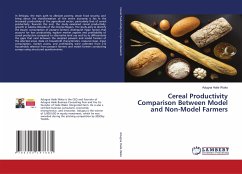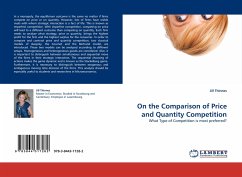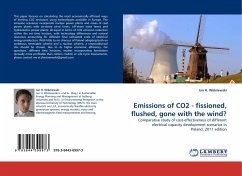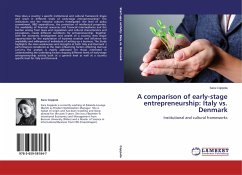Recent evidence on agricultural productivity growth contradicts common and longstanding beliefs that productivity growth in the agriculture sector is lower than in the rest of the economy and faster in developed than in developing countries. First, we evaluate relevant empirical studies identifying the sources of labor productivity growth and the available methods for studying efficiency and productivity. Then, we investigate the role of agriculture in economic growth by using a panel data set for 45 countries and 26 years, for agriculture and for the overall economy. We estimate parametric and semiparametric production frontier models that incorporate heterogeneity across countries. Within each framework, we first determine crosscountry distributions of labor productivity, both for the overall economy and for agriculture, and we look at how those distributions have changed over time; second, we try to shed some light on the causes of those changes by investigating the extent to which they are due to catch-up, technical change and factor accumulation.
Bitte wählen Sie Ihr Anliegen aus.
Rechnungen
Retourenschein anfordern
Bestellstatus
Storno








